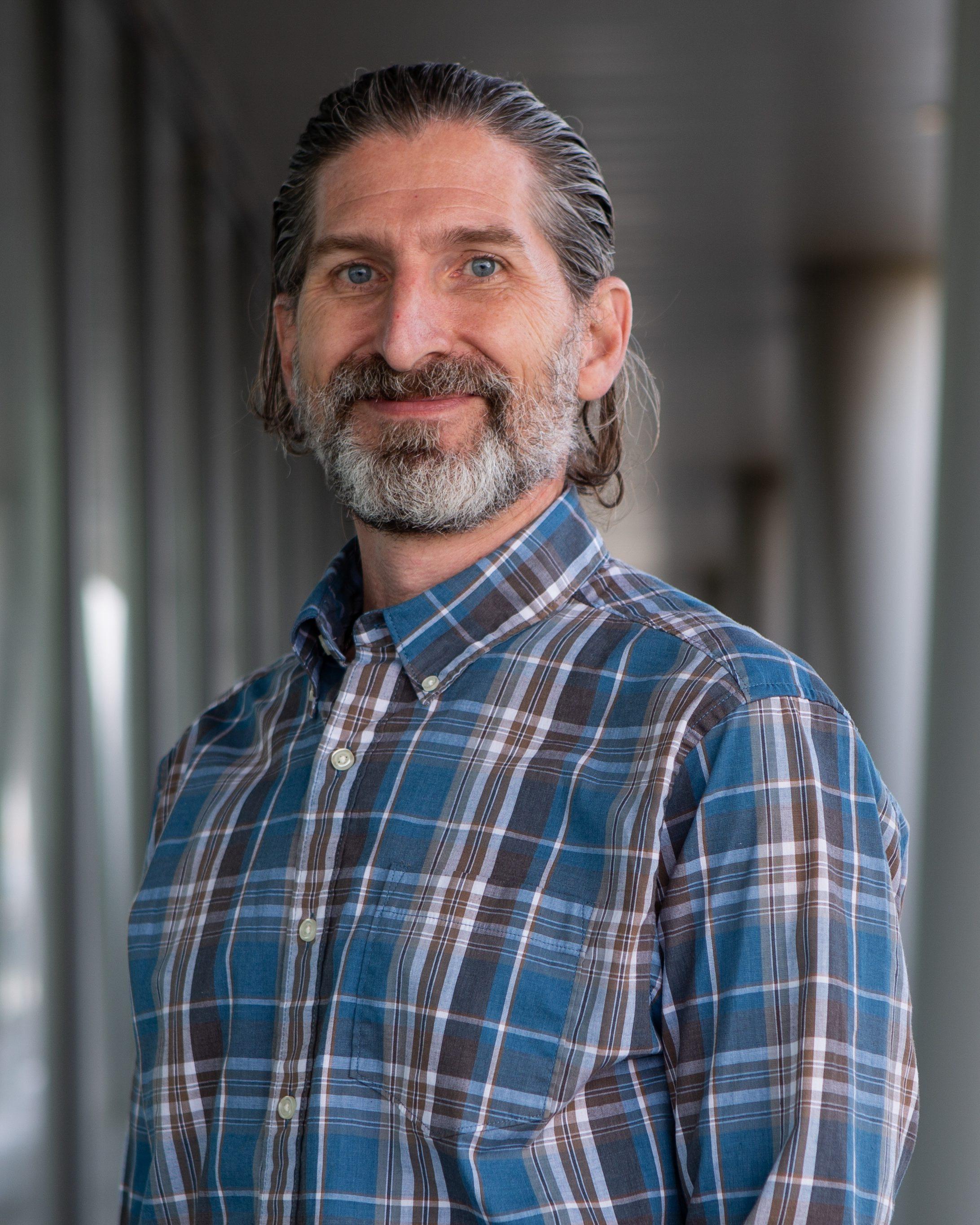Springer Nature
Eroding Communities and Diverting Populations: Historical Population Dynamics in Coastal Louisiana
Nov 25, 2017
The traditional notion of inherent resilience as a continual functioning of community during “non-crisis” periods does not apply perfectly to coastal Louisiana. This research suggests that operating in a non-crisis mode in the face of the omnipresent threat of coastal land-loss is counterproductive and that inherent resilience must necessarily incorporate adaptive resilience factors if coastal communities are to persist and thrive in a changing coastal environment. Resilience includes both the system’s capacity to return to the state that existed before a disturbance and the system’s ability to advance the state through learning and adaptation. Put simply, a community that persists is stable, while one that persists and adapts is resilient. A community that has withstood many storm events over several years and maintained its population has shown itself to be stable. But with each successive shock, that community may begin to see a coincident erosion of community resilience. This could ultimately cumulate in a situation where a historically stable population that has withstood numerous large storm events begins to decline precipitously when impacted by smaller shocks or events. The key to successfully navigating coastal change is to understand the multiscale historical processes that have been driving that change and assuring that any regime shifts result in positive outcomes for residents and the ecosystems that they rely upon in both the short term and long term. New Orleans and its surrounding region is a prime example of a population that may have been deemed stable in the years following the hurricanes of the 1960s while at the same time becoming less resilient. This dichotomy highlights the importance of a deeper understanding of community resilience, an understanding that acknowledges resilience as an historical process, one with a preexisting trajectory that will influence the ways in which communities respond to disasters and slow moving environmental change.
Full article available here.
